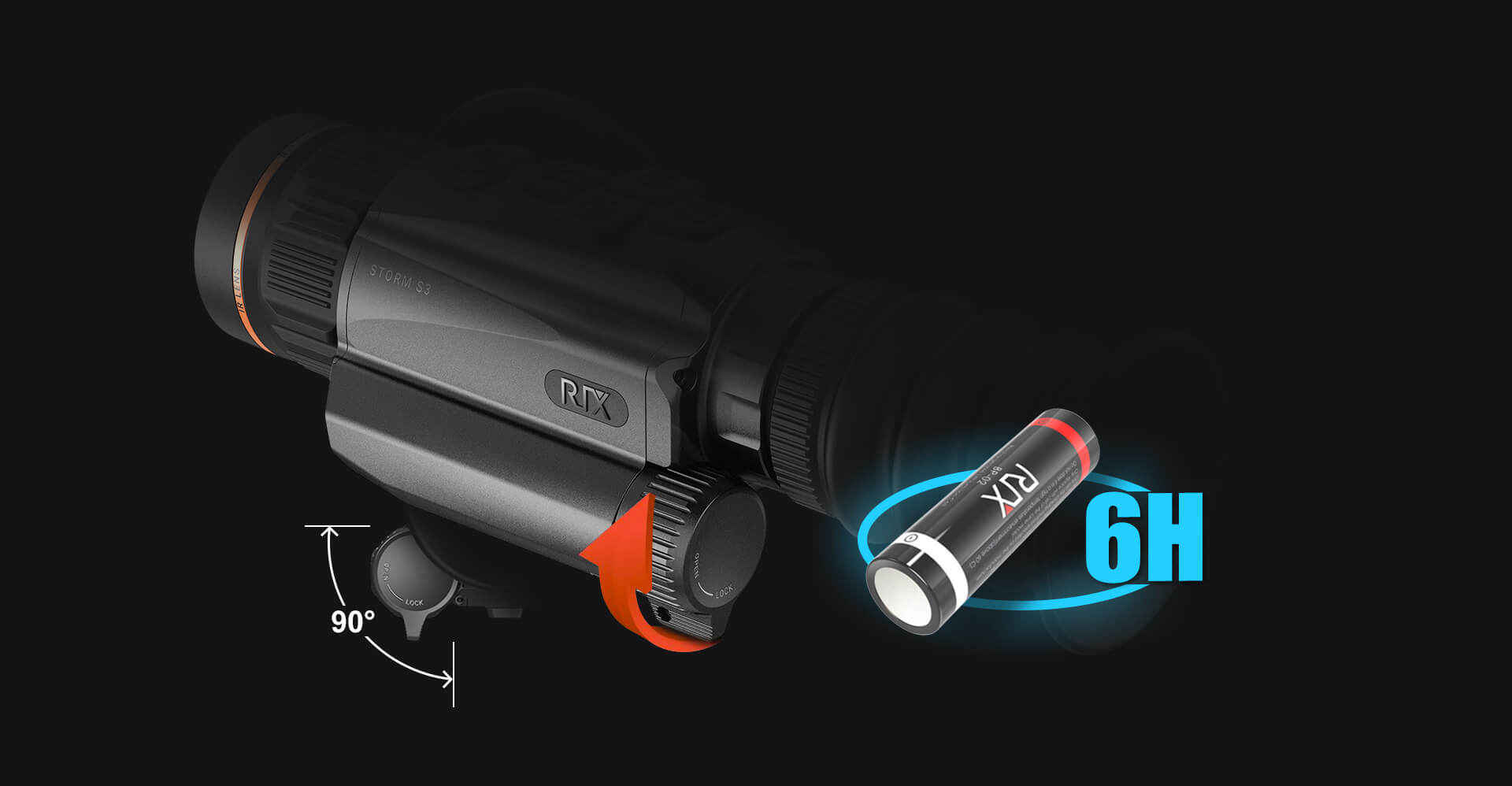In the realm of optics, thermal night vision scopes have emerged as a revolutionary tool for both recreational and professional use. Unlike traditional optics that rely on ambient light, thermal scopes detect heat emitted by objects, making them invaluable in low-light conditions. This article delves into the mechanics of thermal night vision scopes and highlights their advantages over conventional optical devices.

How Thermal Night Vision Scopes Work
The core functionality of a thermal night vision scope lies in its ability to sense infrared radiation. All objects emit heat, and thermal scopes convert this thermal energy into a visible image. The process can be broken down into several key components:
- Thermal Sensor: This is the heart of the scope, capturing the infrared radiation and converting it into an electronic signal.
- Image Processing: The electronic signal is then processed to create a thermal image, which displays varying temperatures in different colors.
- Display: Finally, the processed image is shown on a screen, allowing the user to see the heat signatures of objects.
By understanding these components, users can appreciate how thermal scopes operate effectively in complete darkness or through obscurants like fog and smoke.
Advantages of Thermal Night Vision Scopes
When comparing thermal night vision scopes to traditional optics, several advantages become apparent:
- Enhanced Visibility: Thermal scopes provide clear images in total darkness, whereas traditional scopes require some light to function.
- Detection of Heat Signatures: They can identify living beings and warm objects, making them ideal for hunting and surveillance.
- Performance in Adverse Conditions: Thermal optics perform well in fog, rain, and smoke, where traditional optics may fail.
- Versatility: These scopes can be used for various applications, including wildlife observation, search and rescue, and law enforcement.
Choosing the Right Thermal Night Vision Scope
When selecting a thermal night vision scope, consider the following factors:
- Resolution: Higher resolution provides clearer images, which is crucial for identifying targets.
- Detection Range: Assess the distance at which the scope can effectively detect heat signatures.
- Battery Life: Longer battery life ensures extended use during critical operations.
- Weight and Size: A lightweight and compact design enhances portability and ease of use.
Conclusion
In summary, thermal night vision scopes offer significant advantages over traditional optics, particularly in low-light and challenging environmental conditions. By understanding how these scopes work and what to consider when purchasing one, users can make informed decisions that enhance their shooting or observation experiences. Whether for hunting, security, or recreational use, investing in a thermal scope can greatly improve your effectiveness in the field.








